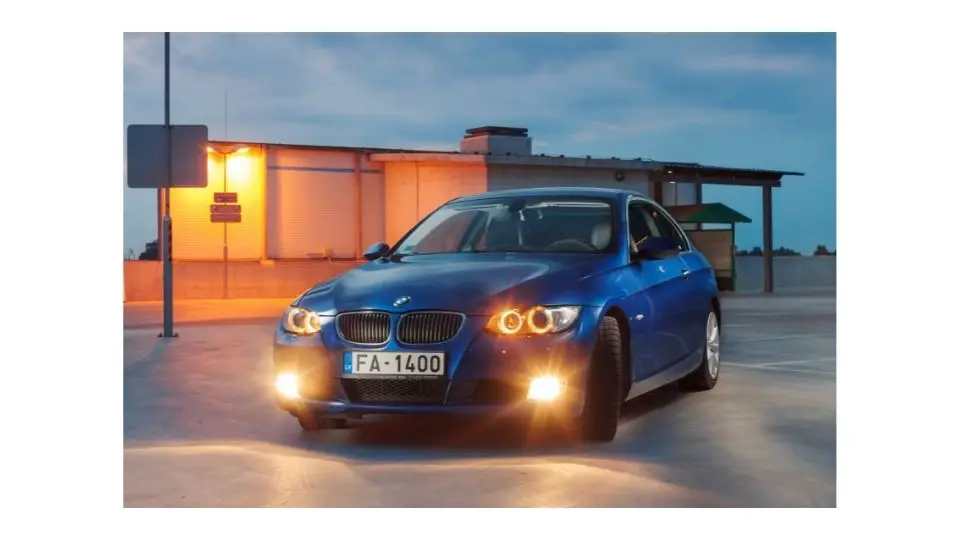BMW car models are generally known to be quality and reliable, plus a respectable touch of luxury. But, it can seem pretty difficult to tell the striking difference between each of their models because they look quite similar.
A good example is the BMW 325i and 328i models. To distinguish between these two cars isn’t straightforward, but the size of their engines and other components sets them apart.
Having tested and placed both cars side by side, this article has been developed to walk you through the real differences and similarities between the 328i and 325i.
We will also look at the significant, contrasting features in each of them, cutting across miles coverage, longevity, maintenance, and cost.
BMW 328i vs 325i
In short, the core difference between 328i and 325i is that the former 328i has more horsepower than the 325i. When you test drive the 328i, you may also notice that it has a better throttle response, and notably smoother. In addition, the 328i model weighs heavier than the 325i with 150 lbs thereabouts.
Other subtle differences depend on their individual versions which may be on visual packaging or upgrade in performance, such as speed package.
BMW 328i Vs 325i: Overview Differences Table
| Specs | BMW 328i | BMW 325i |
|---|---|---|
| Engine Type | Gas | Gas |
| Transmission | 6-speed manual/Automatic | 6-speed manual/Automatic |
| Drive Type | Rear Wheel Drive | Rear Wheel Drive |
| Cylinders | In-line 6 | In-line 4 |
| Combined MPG (Miles per gallon) | 21 | 26 |
| Total Seating | 5 | 5 |
| Basic Warranty | 4 yr./ 50,000 mi | 4 yr./ 50,000 mi |
| Price | Starts from $30,900 | Starts from $30,900 |
BMW 328i Vs 325i: Engine Differences Comparison Table
| Specs | BMW 325i | BMW 328i |
|---|---|---|
| Base Engine Size | 3.0 l | 2.0 l |
| Cam Type | Double overhead cam (dohc) | Double overhead cam (dohc) |
| Horsepower | 215 hp @ 6,250 rpm | 240 hp @ 5,000 rpm |
| Torque | 185 lb-ft @ 2,750 rpm | 255 lb-ft @ 1,250 rpm |
| Turning Circle | 36.1 ft | 37.1 ft |
| Valve Timing | Variable | Variable |
| Valves | 24 | 16 |
The car engine for the two vehicles uses fuel injection technology, this is represented by the “i” which usually comes behind the numbers in BMW car names. And as we have it, most BMW vehicles feature fuel injection.
When the letter “i” is replaced with “d”, it means that that particular version is powered by diesel, while the “x” in other versions like 325xi and 328xi indicate the all-wheel-drive feature, instead of the rear-wheel-drive.
BMW 325i vs 328i reliability
Generally speaking, these two car models are reliable, given that they both share similarities in mechanical structure. The 328 features the newer 2.8L M52B28 engine which is only just an upgraded version of the 2.5L M50B25 engine integrated into the 325.
So there isn’t much difference on this, safe from the 0.3 more liter displacement 328 has than 325 P.S: You can tell the size of a BMW’s engine when you look at the next two numbers after the first in the car’s name. For the BMW 325i, the”25″ represents 2.5 liters of displacement, while “28” indicates 2.8 liters of displacement in the BMW 328.
Final Thoughts
I can say that the BMW 328i is a little faster with the torque which has an interestingly noticeable 15% edge over the 325i. However, this, together with the more robust manual transmission it has than the 325, does not make me consider the 328i as a “kill” when examined categorically.
If it was a choice of purchase that has brought you to unravel the real differences and similarities between BMW 328i and 325i, then it is best to go for the one that really suits your personal preference and budget, given that their specs have been placed side-by-side in the above article.
Over to you, provided that you have driven the 325i and the 328i, and you could tell a particularly big difference that you personally experienced, what would it be?

